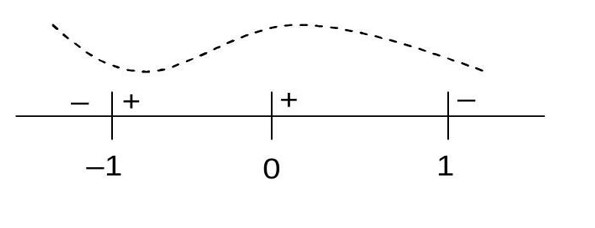Class 11th
Get insights from 8k questions on Class 11th, answered by students, alumni, and experts. You may also ask and answer any question you like about Class 11th
Follow Ask QuestionQuestions
Discussions
Active Users
Followers
New answer posted
2 months agoContributor-Level 10
In adiabatic process
PV? = constant
P (m/ρ)? = constant
As mass is constant
P ∝ ρ?
P_f/P_i = (ρ_f/ρ_i)? = (32)? /? = 2? = 128
New answer posted
2 months agoContributor-Level 10
At T°C L = L? + L?
At T +? T Leq = L'? + L'?
where L'? = L? (1 + α? T)
L'? = L? (1 + α? T)
Leq = (L? + L? ) (1 + αavg? T)
⇒ (L? + L? ) (1 + αavg? T) = L? + L? + L? α? T + L? α? T
⇒ (L? + L? )αavg = L? α? + L? α?
⇒ αavg = (L? α? + L? α? )/ (L? + L? )
New answer posted
2 months agoContributor-Level 9
Isohexane and 3-Methylpentane having same molecular formula. Isohexane boil at and 3-Methyul pentane boils at . Both having low boiling point difference so fractional distillation is useful for separation and isohexane having low boiling point so comes out first.
New answer posted
2 months agoContributor-Level 9
Ethyl acetate is polar molecule, so dipole-dipole and London
Forces will be present between them.
New question posted
2 months agoNew answer posted
2 months agoContributor-Level 10
Initially S? L = 2m
S? L = √2² + (3/2)²
S? L = 5/2 = 2.5 m
? x = S? L - S? L = 0.5 m
So since λ = 1 m. ∴? x = λ/2
So white listener moves away from S? Then? x (= S? L − S? L) increases and hence, at? x = λ first maxima will appear.? x = λ = S? L − S? L.
1 = d - 2 ⇒ d = 3 m.
Taking an Exam? Selecting a College?
Get authentic answers from experts, students and alumni that you won't find anywhere else
Sign Up on ShikshaOn Shiksha, get access to
- 65k Colleges
- 1.2k Exams
- 679k Reviews
- 1800k Answers



